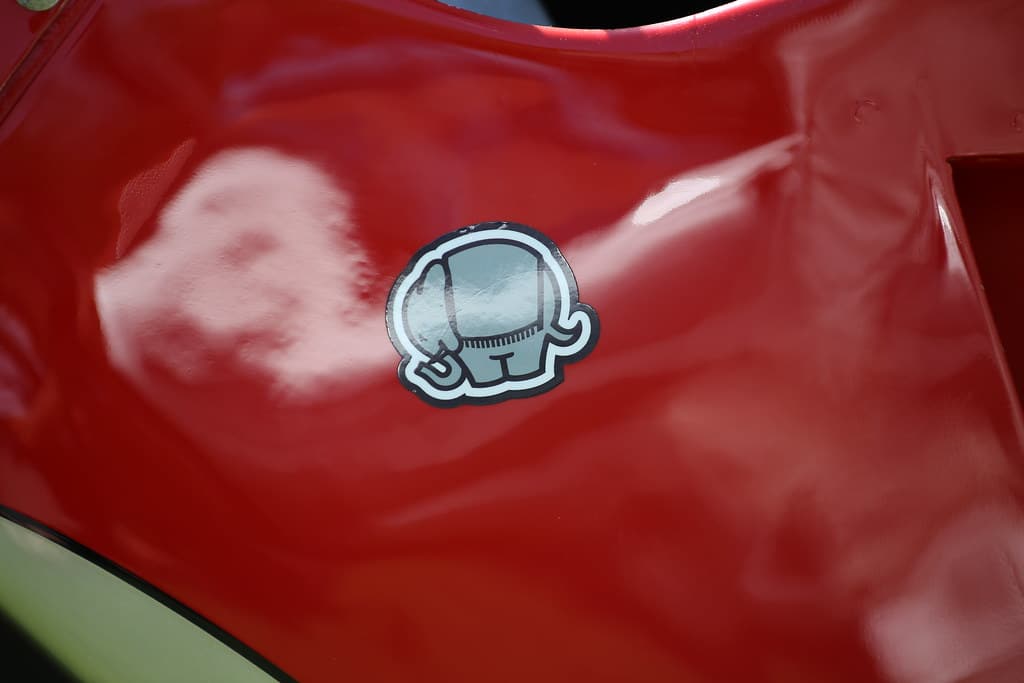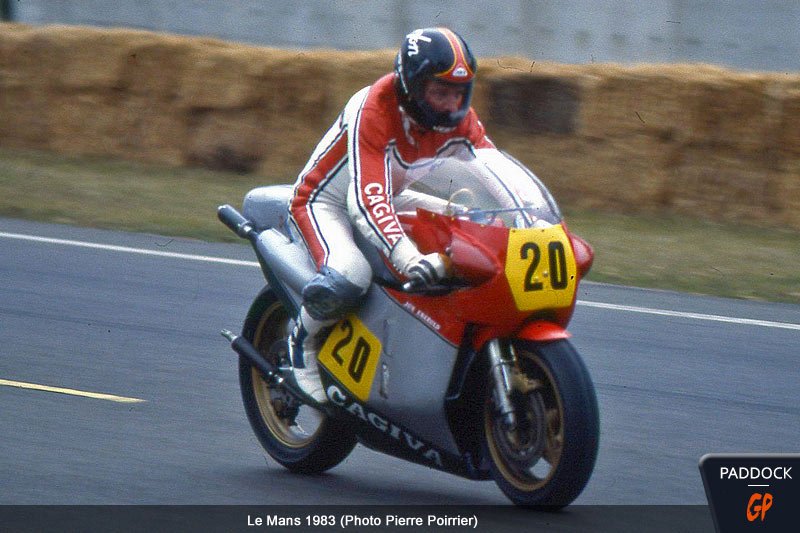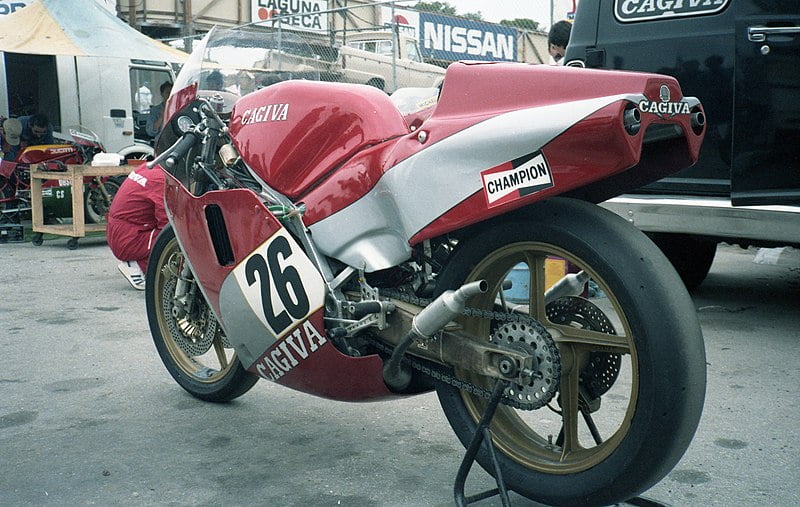Ducati. Yamaha. Honda. Suzuki. MV Agusta. In just five names, the history of motorcycle Grands Prix from 1949 to the present day can be summarized. But throughout history, many lesser-known manufacturers have taken part in the world championship, in the hope of reaching the Holy Grail. Among them, Cagiva.
The story of the Italian firm in competition is incredible, to say the least. It all began at the end of the 1970s. The Castiglioni family wanted to take the company created in 1950, initially specializing in the manufacture of metal parts, to a new level. More precisely, it is the two sons of the founder Giovanni, Claudio and Gianfranco who decide to put their passion at the service of an ambitious project: win rounds in GP.
But quite honestly, the two brothers ventured there without suspecting the wall that awaited them. At the beginning of 1980, the machine was finished and although largely based on a Yamaha TZ, it has the merit of existing. The selected driver is Grand Prix winner and reigning world runner-up Virginio Ferrari.
Cagiva decides to test the machine at the German Grand Prix, just to test the waters. Disaster. Ferrari, although a very good driver, qualified last and retired after only one lap. At this precise moment, the Italian team realized that the road was going to be (very) long. The team looks back at the plans, and decides to build a new engine. It's a classic inline four-cylinder engine placed in a no less classic double-cradle steel frame.
We are still at Hockenheim, a year later with the same driver. This time, Ferrari manages to finish…in 30th place. During the season, he did not do better than 19th at Imola, an insufficient result. The modest team dives back into the plans, and decides to change everything for the following year. We then move on to a square four-cylinder (similar to what Suzuki did), introduced in an original double cradle frame with square aluminum tubes.

The “Elefant”, symbol of the brand, also shined outside the world speed championship. Cagiva won two Paris-Dakar races as well as other major races. Moreover, the name comes directly from the creator and his city (CAstiglioni GIovanni VArese). Photo: vetator fumare
In just three years of participation, the philosophy had already changed numerous times. But whatever, maybe the problem is with the drivers after all. As a safety measure, you will be spared dozens of replacements, breaches of contracts and other folkloric measures to avoid a headache. To put it simply, the South African Jon Ekerold is named driver and manages to score the first top 10 in the red and silver machine.

But the lack of resources injected in 1983 led to the latter's dismissal even though he was the only one who knew how to make it work. Ferrari is recalled and ends a disastrous solo season. It is clear that we must restore order to a completely disjointed team, and put the development of the machine back on track. So, for 1984, Claudio Castiglioni broke the bank and sent a world champion, thinking that the latter would pinpoint the major chassis problems encountered by the GP500 4C3 of the previous year. This is Marco Lucchinelli, titled in 1981.
The team stepped forward, and promised that great results would be within reach with a driver of this caliber. But from the first laps, the Italian driver understood. He understood that this was not going to be a walk in the park; despite all the sweat he left on the Varese motorcycles, nothing fit. He was completely unsuccessful in making anything work, and was even forced to give up after two years of hard work.
Moreover, he simply ended his career at the highest level after these two nightmarish seasons. Cagiva, five years later, is still at the same point. The story is (much) far from over, however.
Cover photo: Craig Howell




